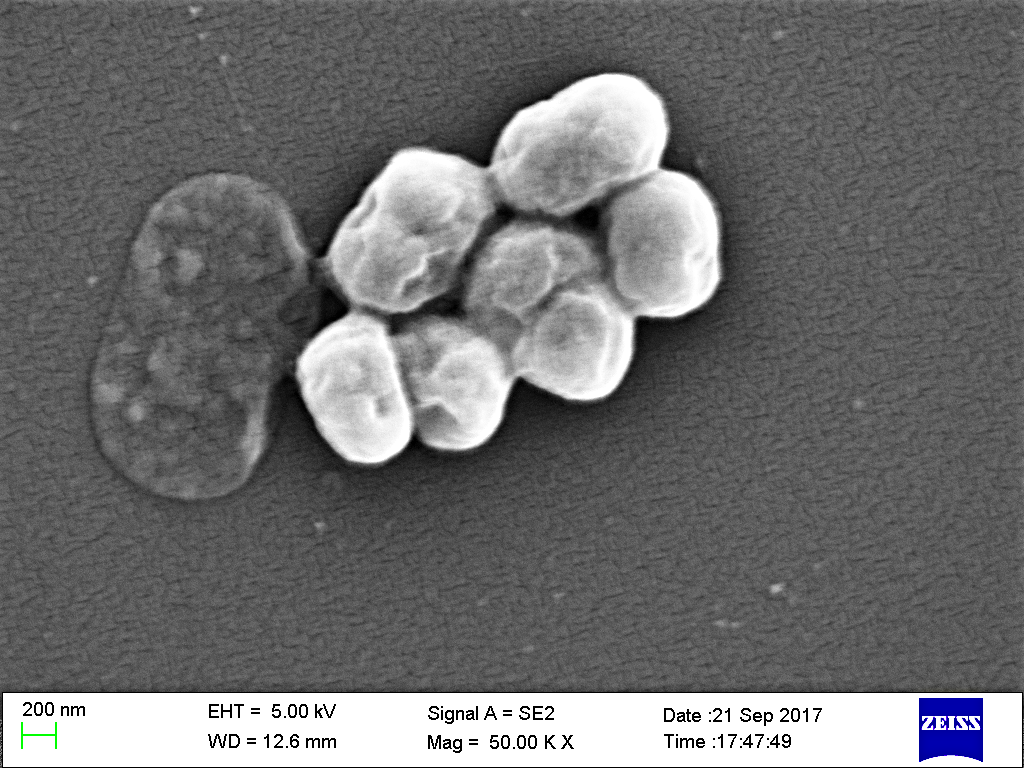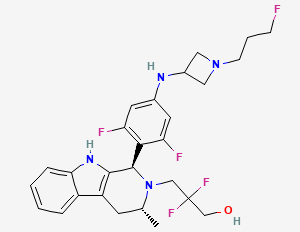
Roche presents restistance-breaking antibiotic
Hoffmann-La Roche AG has published details on the mechanism of action of its Phase I antibiotic Zosurabalpin (RG6006) that kills the carbapenem-resistant bug Acinetobacter baumannii.
.
Antibiotic resistance has become an urgent threat to global public health in recent decades. Carbapenem-resistant Acinetobacter baumannii (CRAB) is of particular concern, as it is classified as a priority 1 critical pathogen by the World Health Organization (WHO) and an urgent threat by the US Centers for Disease Control and Prevention (CDC). A. baumannii is a species of Gram-negative bacteria, which are difficult to eredicate because they have an outer membrane that contains lipopolysaccharide (LPS), which is resistant to penetration by several antibiotics. Halting the synthesis of LPS and its transport to the outer membrane reduces cell viability and can increase susceptibility to some antibiotics.
The newly discovered antibiotic, identified by Claudia Zampaloni, Patrizio Mattei, Konrad Bleicher and colleagues, is a tethered macrocyclic peptide called zosurabalpin that shows promising antibacterial activity against CRAB. Zosurabalpin prevents LPS from reaching the outer membrane of the bacterium by inhibiting the transport complex that facilitates its movement through the bilayer.
According to Swiss drug maker Roche, the tethered macrocyclic peptide is the first antibiotic class
with activity against A. baumannii-caused ventilator-associated pneumonia (VAP) reaching patients in over 50 years. The mechanism of action of the molecule class involves blocking the transport of bacterial lipopolysaccharide from the inner membrane to its destination on the outer membrane, through
inhibition of the LptB2FGC complex.
A clinical Phase I candidate derived from zosurabalpin (RG6006) effectively treats highly drug-resistant contemporary isolates of carbapenem-resistantA- baumannii isolates both in vitro and in mouse models of infection, overcoming existing antibiotic resistance mechanisms.


 PubChem
PubChem Roche
Roche Roche Diagnostics International
Roche Diagnostics International